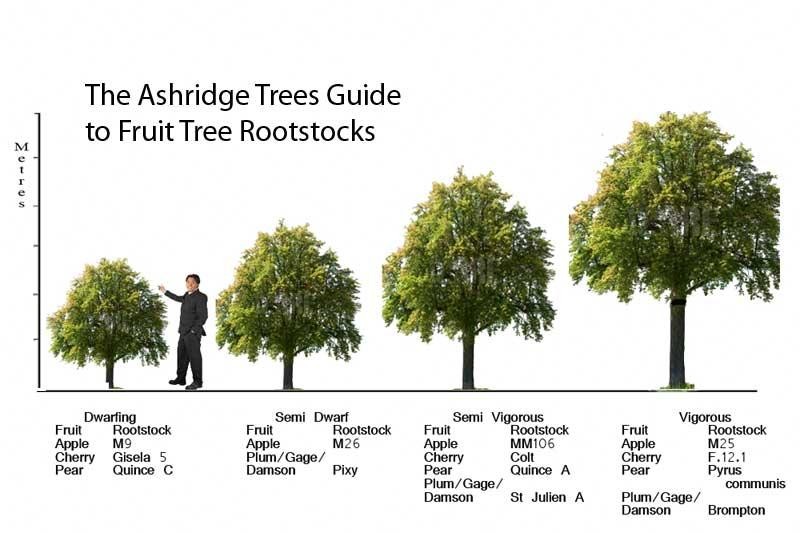When to plant – where to plant – choosing trees – what varieties do well on the IoM?
Trees are best planted during the colder half of the year from October to March.
Apples are either cookers (for pies and crumbles and cake), eaters (eat raw) or dual purpose.
Site
Most fruit trees prefer sunny sheltered spots. The tougher varieties can cope with some wind. You may need windbreak neeting or to plant a hedge. Avoid areas that get waterlogged or are extremely dry.
Most common failings when choosing a fruit tree
Mistake 1) No pollinator – nearly all fruit trees need to be pollinated by a different variety which flowers at the same time. All fruit has a ‘group’: A, B, C or D, each tree needs another in the same group or adjescent. Apple trees can also be pollinated by a crab apple tree. If your neighbour has the right pollinator variety, it saves you getting one.
Mistake 2) Buying your tree on a whim from a supermarket – these trees are often not the best varieties for the IoM or have grown too ‘soft’. Varieties to avoid include Cox’s Orange or Gala. Get your tree from a good local nursery that sells Manx-grown trees.
Best performing varieties
All of these are tough and fruit pretty well on the IoM most years.
Damsons – dual purpose plums: delicious in crumbles, good in a hedge, can make windbreak
Cherry Plum – dual purpose: Grow well on sand, the variety ‘Gypsy’ tastes amazing like a cross between a cherry and a plum. Other varieties are less tasty.
Apples
- Andrew Johnson – Manx cooker
- Bardsea Island – Group B (cooker) – The mother tree grew on a tiny windswept island off Wales.
- Bramley – Cooker
- Discovery – Group C – Delicious early eater, doesn’t keep
- Howgate Wonder – Cooker
- James Grieve – Dual purpose
- Manx Codlin – Manx cooker
Autumn Bliss Raspberries are tough and delicious.
Jostaberries are like giant blackcurrants.
Other varieties – also good but not quite as strong
Apples
- Egremont Russet – Eater – nutty gourmet
- Irish Peach – Eater – delicious early eater, doesn’t keep
- Jupiter – Eater – Tastes like a Cox
- Kidds Orange Red – Eater, tastes like a Cox, Group C
- St. Edmunds Pippin – Eater
- Sunset – Eater – Delicious like a Cox, gorgeous fragrance, keeps well
Cobnut hazelnuts of an improved strain
Victoria Plum
What size tree to get?

Dwarfing and Semi Dwarf trees are good for small to medium sized gardens. They need a fairly sheltered site.
Semi vigorous and vigorous trees are good for big gardens or orchards. They stand wind better than dwarf varieties and will give a big crop once grown.
How to plant
While the principle is quite similar to planting native broadleaf trees, there are a few differences:
Instead of bamboo cane and spiral, use a wooden stake and tube to shelter your tree sapling from wind and browsing animals like rabbits.
If around your newly planted tree the soil is clay heavy, common on the island, you should break it up to make it easier for the roots to grow and water to flow away.
The grass around the trees should be suppressed with a mulch mat/old carpet/old wood chippings. Brown cardboard can be used as a base.
Care
Water your trees for the first couple of years if they get dry and in a drought year. Trees prefer to have moderately moist soil around them.
If you like to ‘feed’ your trees, you can put some old wood chips or compost around them in autumn.
Grass will rob fruit trees of water and nutrients. This is why about a square metre around the fruit trees should be kept grass free. This will also remove the temptation to mow the grass around the tree, which could lead to accidently damaging the bark with mowers or strimmers.
Fruit trees should be pruned every few years. This is more complicated than most other plants, so watching a video or reading a book about it first is recommended. For beginners Ken Muir’s book ‘Grow your own fruit’ gives clear and simple instructions. The basics is to cut off scabby or rubbing wood. Use clean sharp secateurs and a pruning saw. Cut on a slant to let the rain run off and cut just above a ‘knuckle’.